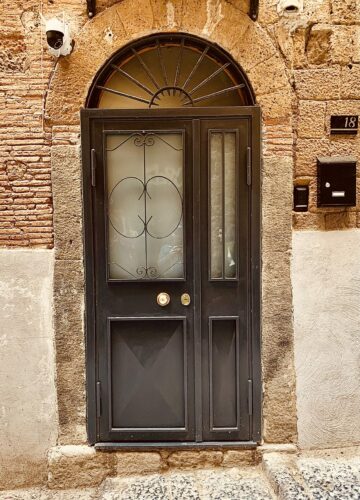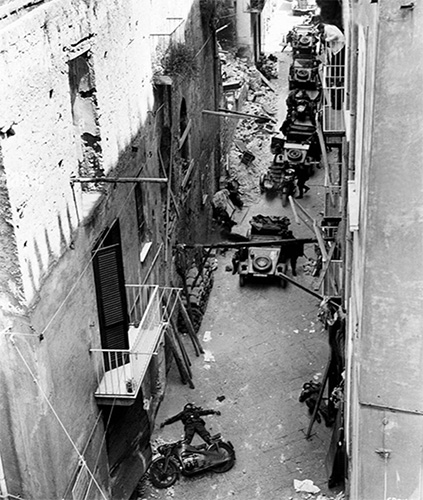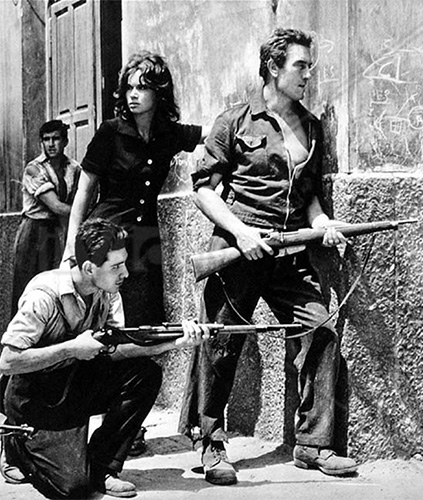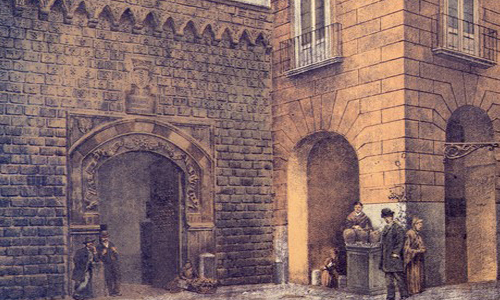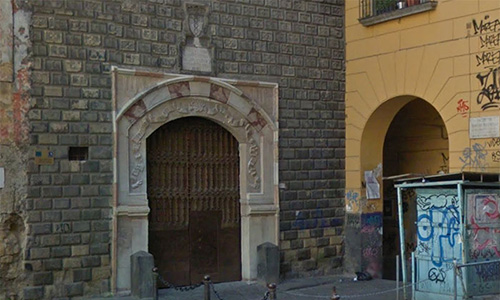Pendino Luxury Rooms was born from the idea of the young Mario, whose strong passion for travel and unconditional love for his city led him to embark on this new experience, thus allowing those arriving in this splendid city to enjoy a unforgettable stay between relaxation and well-being thanks to the rooms full of all the most modern comforts that will pamper you during your stay, without renouncing popular traditions.
The structure is located in a centuries-old building in Tufo and still retains all the essence of the ancient history of Naples.

